Protecting Lease Cars: Is PPF or Ceramic Coating Worth It?
If you’re leasing a car, whether it’s a Golf or a Lamborghini, you’ll eventually need to return it in decent condition. Any cosmetic damage could mean extra charges when the lease ends. That’s why many drivers now consider paint protection film (PPF) or ceramic coating to help preserve the car’s appearance for the duration of the lease.
But are these options really worth it for lease cars? Let’s break it down.
Why Consider Paint Protection on a Lease Car?
Most lease agreements are pretty clear: you’re responsible for keeping the car in good condition. While some wear and tear is acceptable, things like deep stone chips, scratches, and fading can result in unexpected costs. For many people, paint protection is less about aesthetics and more about avoiding fees and hassle at hand-back.
What Is Paint Protection Film (PPF)?
Paint protection film, or PPF, is a transparent film applied to painted surfaces of the car. It’s great at absorbing damage from things like road grit, stone chips, and light scratches, and it’s especially helpful during the first few years when the paint is still pristine.
When PPF Makes Sense:
High-value cars: Think Porsche, Lamborghini, or Aston Martin - where paint repair is expensive, and even a small chip can affect resale.
Long-term leases: If you plan on keeping the car for 4+ years, PPF can make maintenance easier.
Daily motorway driving: If you rack up mileage, PPF on the front bumper and bonnet can help prevent those typical high-speed chips.
But for most average lease cars, a full-body PPF might be overkill. It’s not cheap, and if you’re leasing something like a VW Golf or BMW 1 Series on a 3-year PCP, you might not need that level of protection.
What Is Ceramic Coating?
Ceramic coating is a liquid applied to your car’s paintwork that creates a hydrophobic layer. It won’t stop stone chips, but it does make the car much easier to clean and protects against UV fading, road grime, and bird droppings.
It’s a great low-maintenance option, especially if you want your car to stay cleaner for longer without constant polishing.
When Ceramic Coating Makes Sense:
Every day lease cars: Ceramic coating is ideal for people who just want the car to stay presentable with minimal effort.
Short-to-medium term leases: If your agreement lasts 3-5 years, ceramic coating holds up nicely across that period.
Pairing with partial PPF: Adding PPF to just the bumper and bonnet, then ceramic coating the rest, gives you balanced protection without the high price tag.
Let’s Compare Some Scenarios
Scenario 1: VW Golf on a 3-Year PCP
Monthly lease: ~£300/month
Protection plan: Front-end PPF + ceramic coating (optional)
Why it matters: The Golf’s paint will be exposed to motorway driving, bird droppings, rain, and winter grime. A ceramic coating helps with everyday upkeep. A partial PPF wrap could be smart if you want to avoid stone chips on the bonnet or bumper, but a full-body wrap would be excessive.
Scenario 2: Porsche 911 on a 2-Year Lease
Monthly lease: ~£1,500+/month
Protection plan: Full PPF + ceramic coating
Why it matters: This kind of car attracts attention, and the paint is expensive to repair. One chip on a carbon bonnet can lead to a costly fix. Here, full-body paint protection film makes sense, and ceramic coating adds another layer of ease.
Scenario 3: BMW M3 Daily Driver on a 4-Year Lease
Monthly lease: ~£800/month
Protection plan: Partial PPF + ceramic coating
Why it matters: This car gets driven hard and fast. Protecting the front end from stone chips with PPF and coating the rest for easier cleaning is a balanced option.
Paint Protection Film Cost: Is It Worth It?
PPF is a bigger upfront investment. Depending on coverage, it can range from a few hundred pounds (for a front-end wrap) to several thousand pounds for a full car. That’s why it’s often more justified on high-end cars, where the cost of a single repair might exceed the price of protection.
Ceramic coating is usually cheaper and requires less maintenance. It's a great option if you want your car to stay glossy and easier to clean without committing to a full wrap.
Final Thoughts: What’s Right for You?
There’s no one-size-fits-all answer. It really depends on the car, the lease length, how you drive, and how much peace of mind you're after. Here's a rough guide:
Standard lease car (e.g. VW Golf, Kia Sportage): Ceramic coating is a smart, low-fuss option. Add front-end PPF if you're motorway-heavy.
Premium or performance lease (e.g. M3, RS5): Partial PPF + ceramic coating gives good value.
High-end supercar lease (e.g. Lamborghini, Ferrari): Full PPF and ceramic coating are worth the protection and resale appeal.
Whichever route you choose, a little protection now can save a lot of stress later. Even if you’re not obsessed with paintwork, it makes sense to keep your lease car looking sharp, especially if it helps you avoid extra costs at the end of your term.




